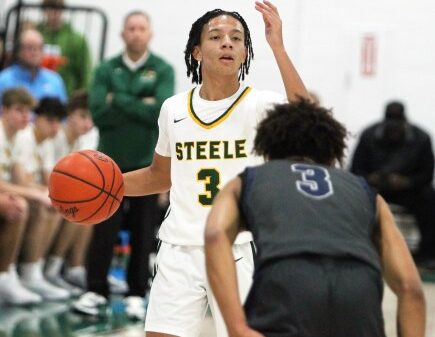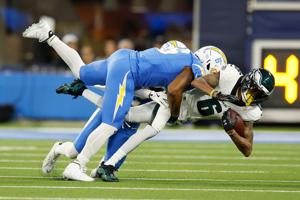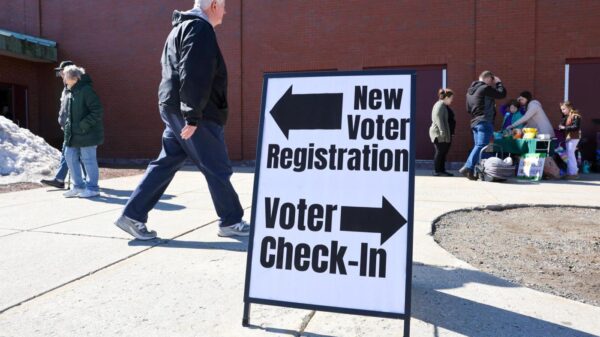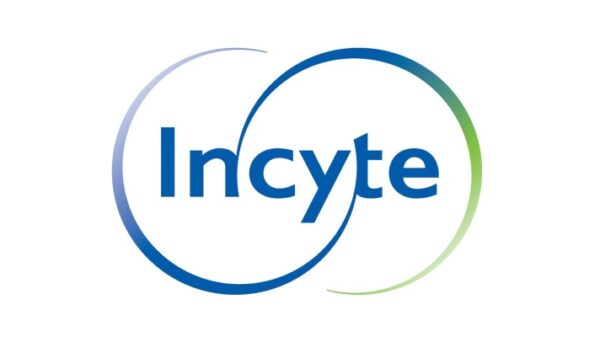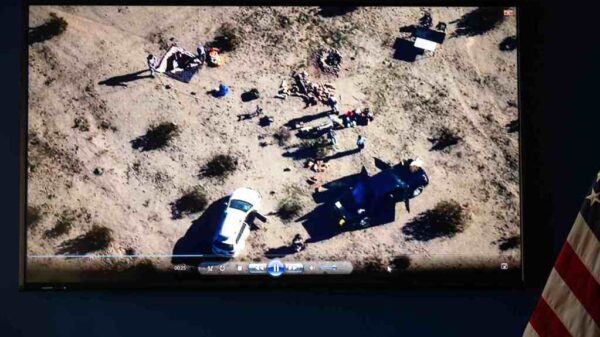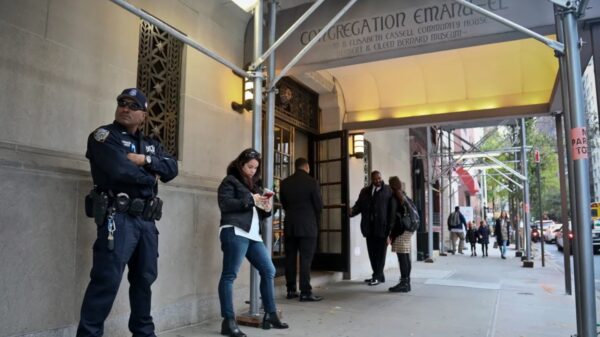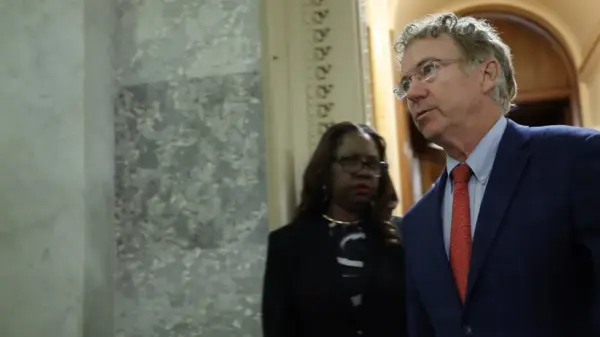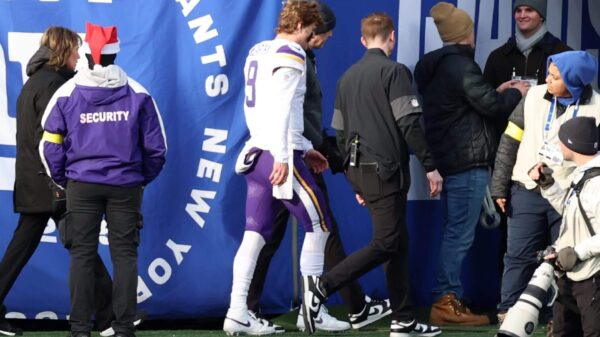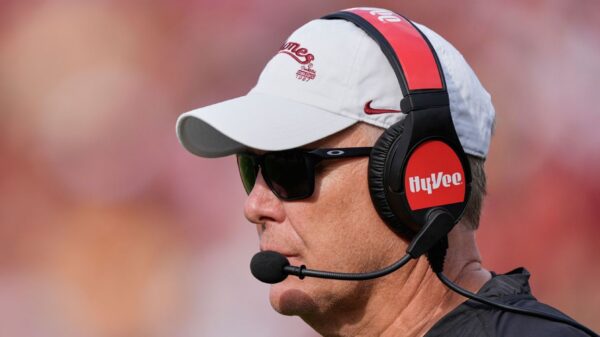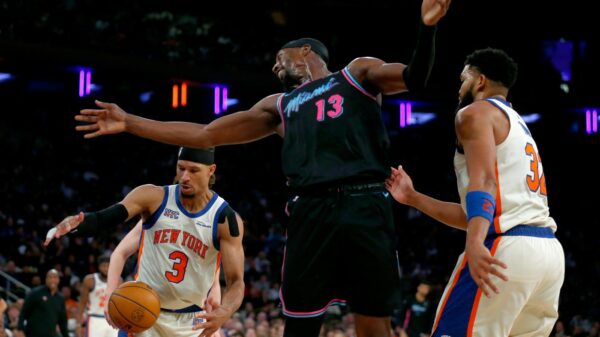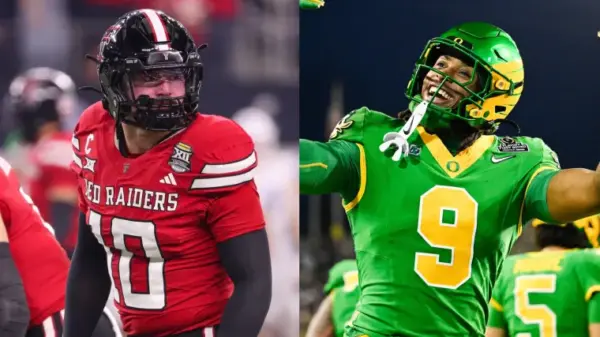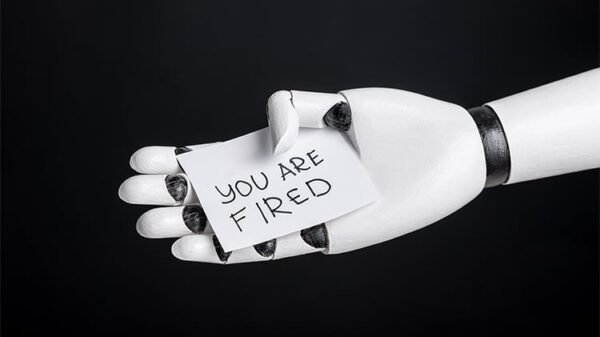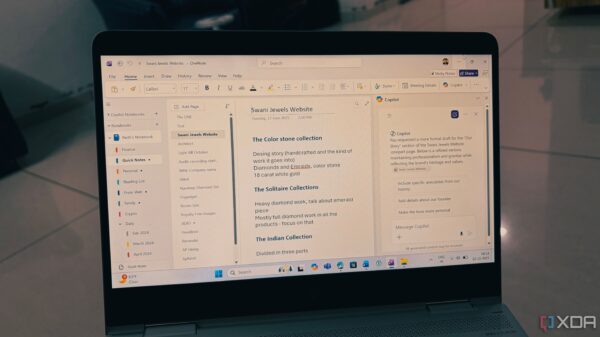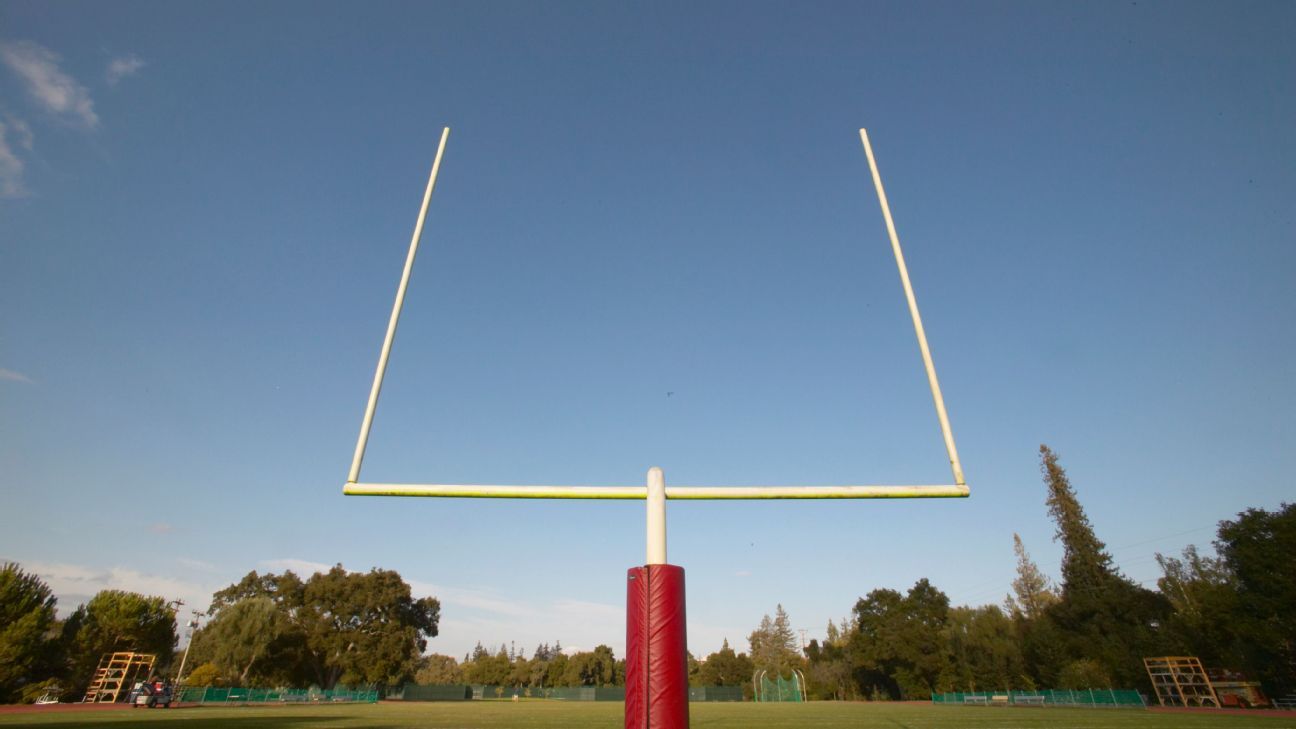UPDATE: High school principals in Ohio are set to make a monumental decision regarding Name, Image, and Likeness (NIL) regulations, with voting scheduled from November 17-21, 2023. This urgent move comes after a recent court ruling that paves the way for student-athletes to enter into NIL agreements.
The Ohio High School Athletic Association (OHSAA) announced the vote will follow a swift response to a temporary restraining order issued by Franklin County Common Pleas Court Judge Jaiza Page. This ruling allows all students from the 818 schools under OHSAA jurisdiction to pursue their own NIL deals, a significant shift for athletes in Ohio.
This decision is particularly impactful as Ohio remains one of only six states, along with Alabama, Indiana, Michigan, Mississippi, and Wyoming, that currently restricts high school athletes from profiting off their name, image, and likeness. The OHSAA had previously rejected an NIL proposal in 2022 with a decisive vote of 538-254, but the landscape is changing rapidly.
The push for reform is driven by the case of Jamier Brown, a junior at Wayne High School in Huber Heights, Ohio. Brown, recognized as a top wide receiver prospect for the class of 2027, has verbally committed to Ohio State University. His mother, Jasmine Brown, filed a lawsuit on October 15, claiming that her son has lost out on over $100,000 in potential NIL earnings due to current restrictions.
In her statement, Jasmine emphasized the financial burden they face as a family. “I’m being raised by an amazing single mom who’s always doing her best to keep things steady while helping me chase my goals on and off the field,” Jamier said on social media. “Like what’s allowed in other states, I want to be able to use my name, image, and likeness to help my family financially.”
The urgency of this situation cannot be overstated. A follow-up hearing on a preliminary injunction is set for December 15, which could further influence the future of NIL for high school athletes in Ohio. The proposed new bylaw aims not only to permit NIL agreements but also to establish necessary reporting procedures to safeguard student-athletes’ eligibility.
Luke Fedlam, Brown’s attorney, highlighted the distinction between high school and college NIL regulations. “It’s important for folks to understand high school NIL is different from college NIL,” he noted. “There are guardrails that have been in place that protect the integrity of sport and competition.”
As this story develops, the outcome of the OHSAA vote will have profound implications for student-athletes across Ohio, potentially opening doors to financial opportunities that have previously been out of reach.
Stay tuned as we bring you the latest updates on this critical vote and its impact on high school athletics in Ohio.


